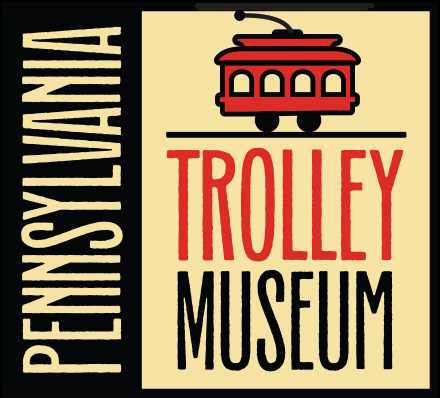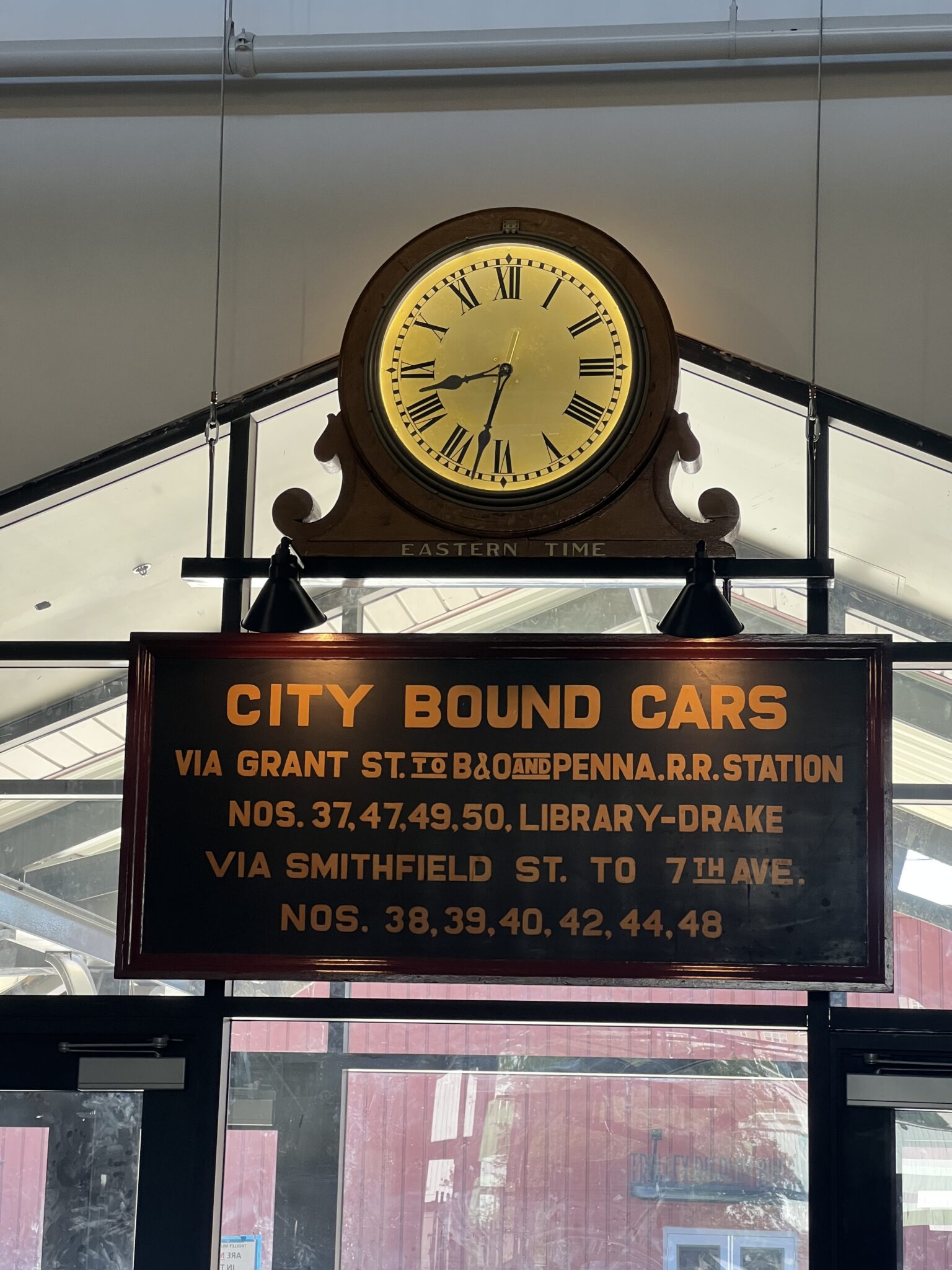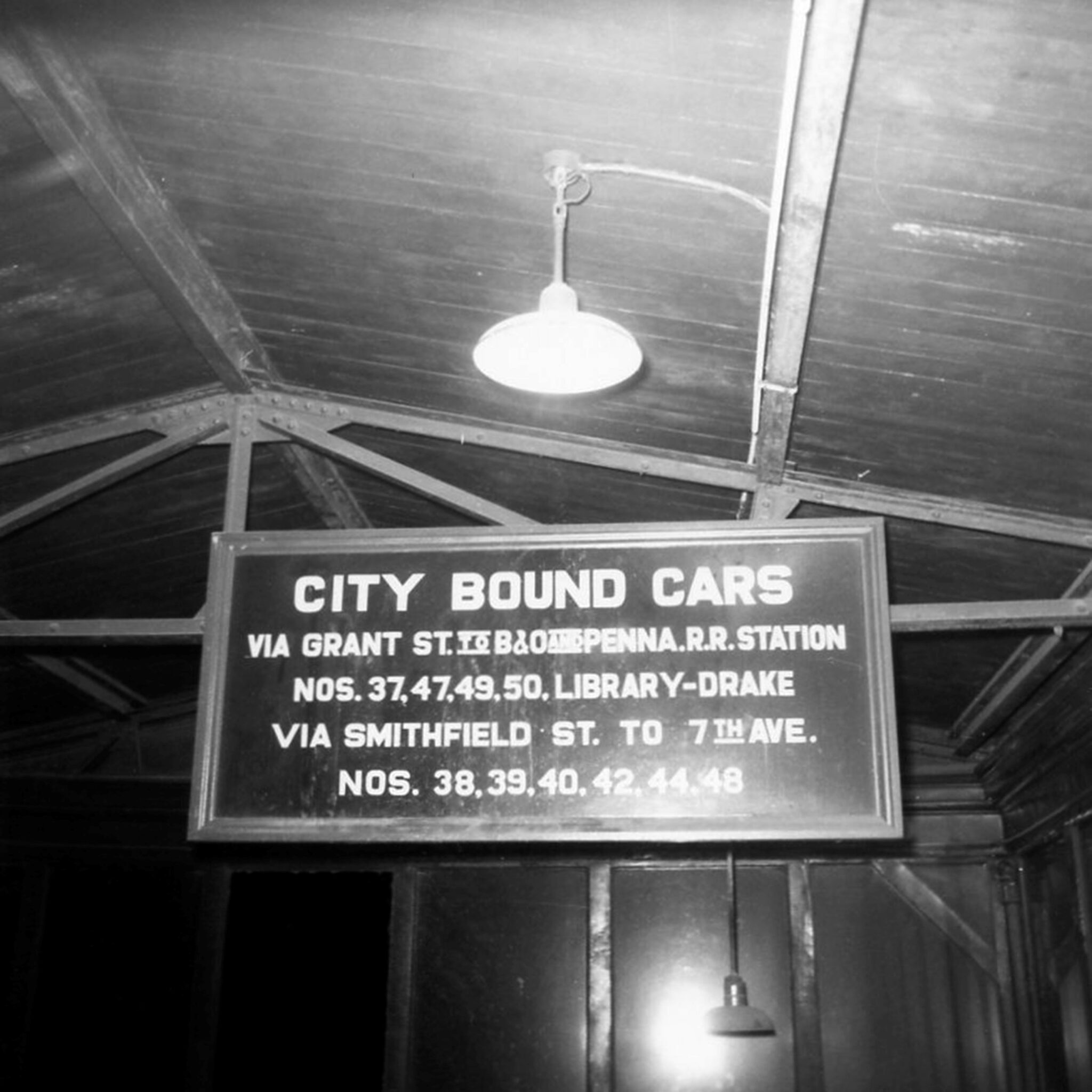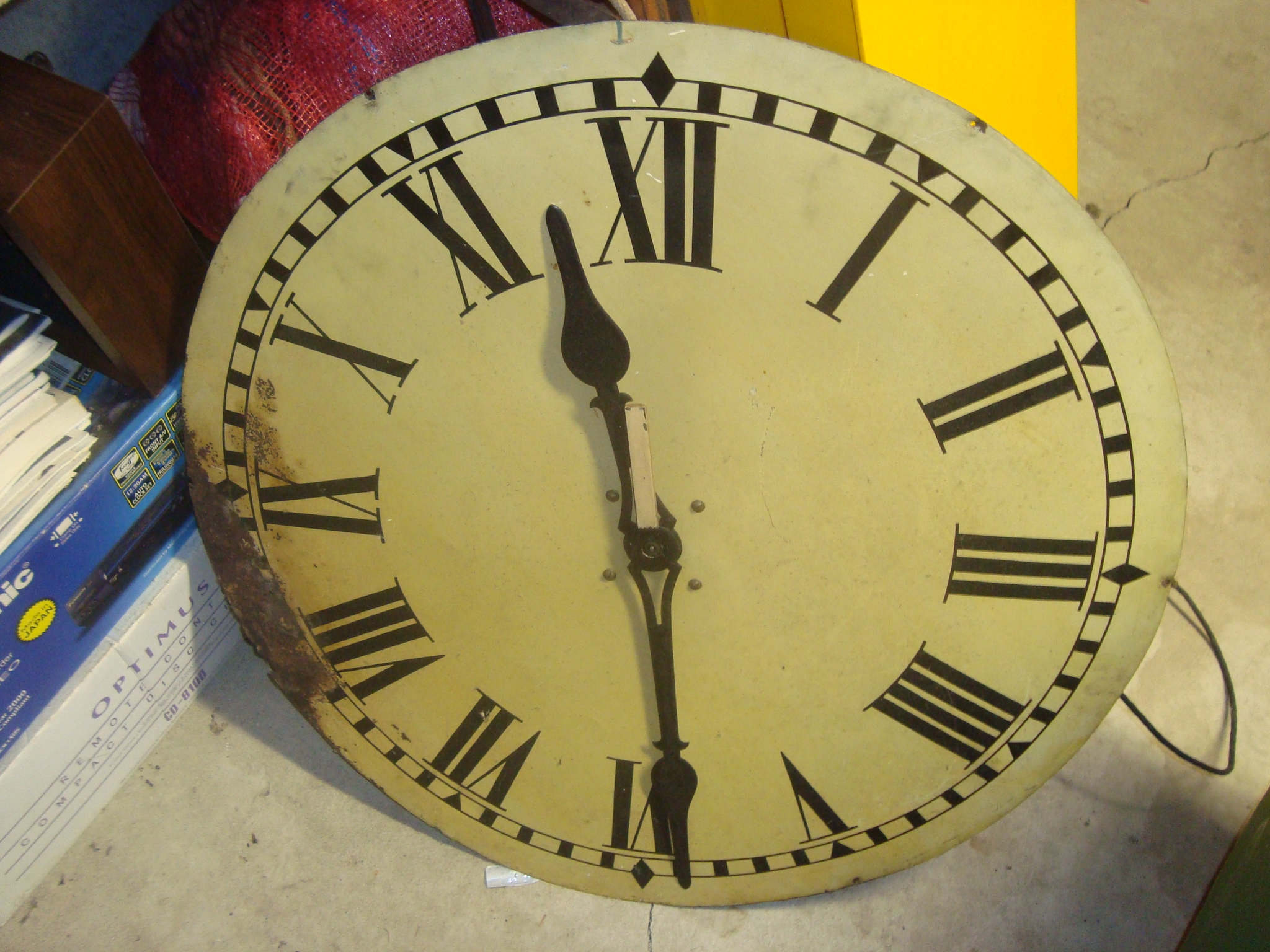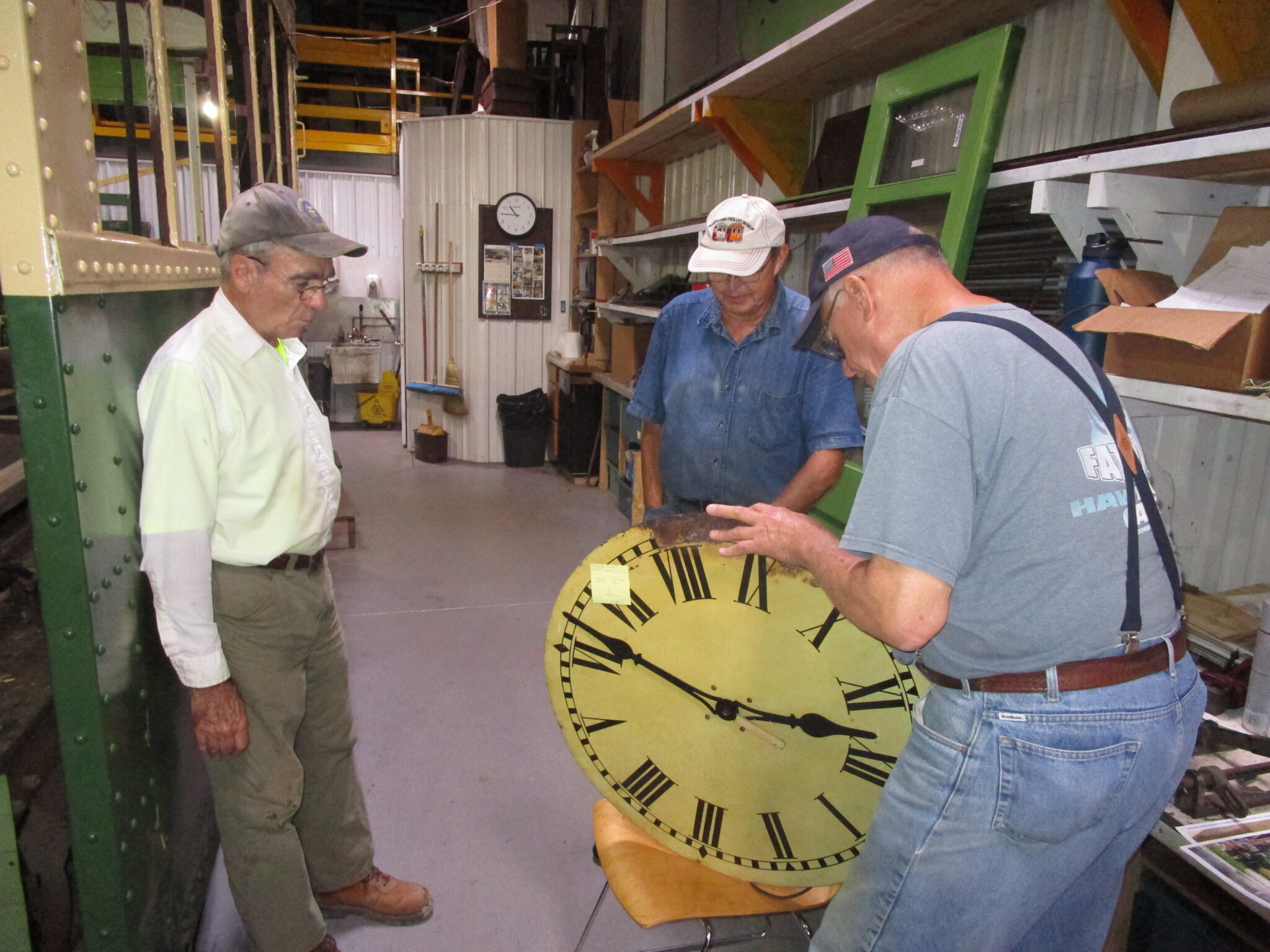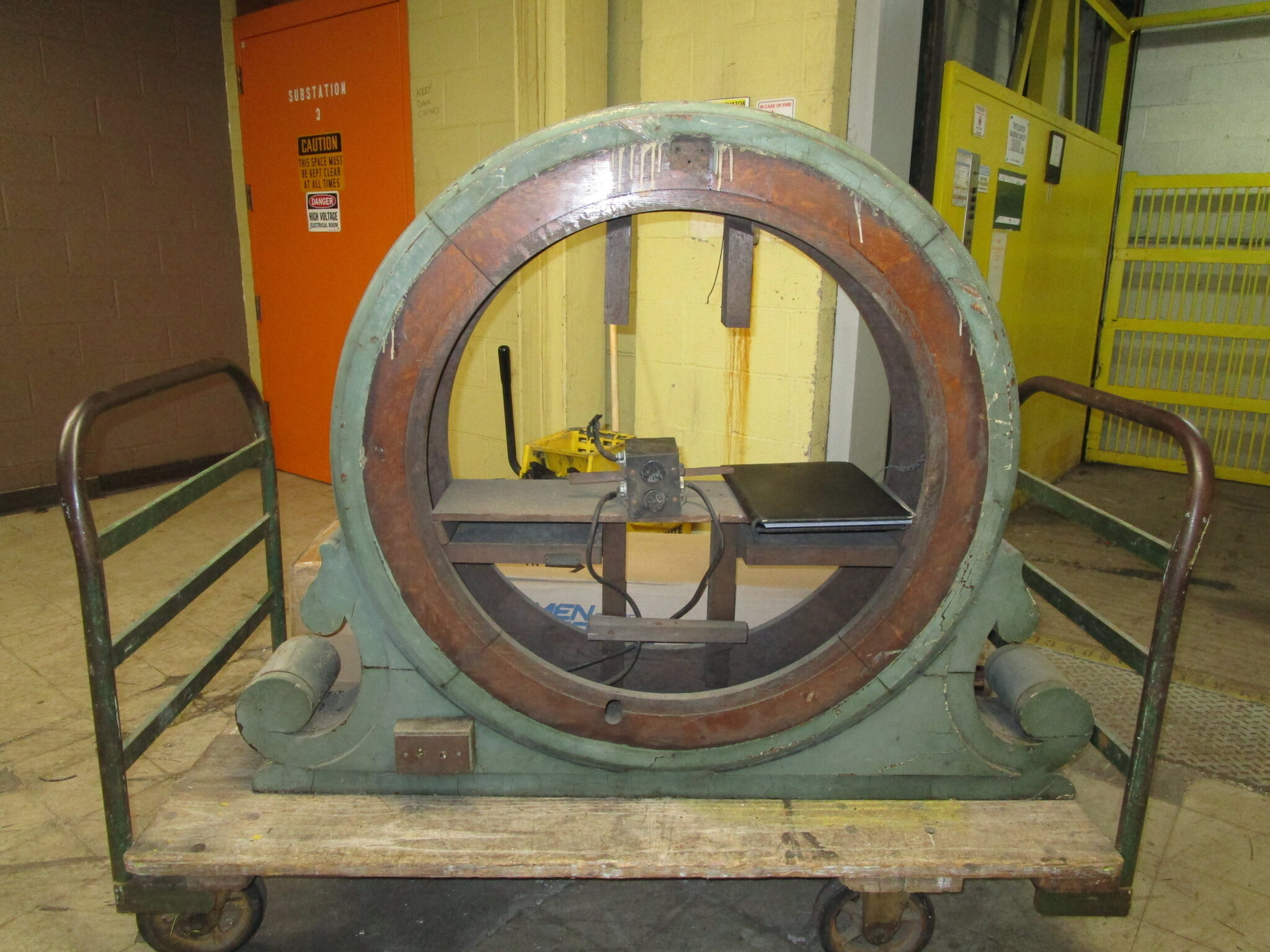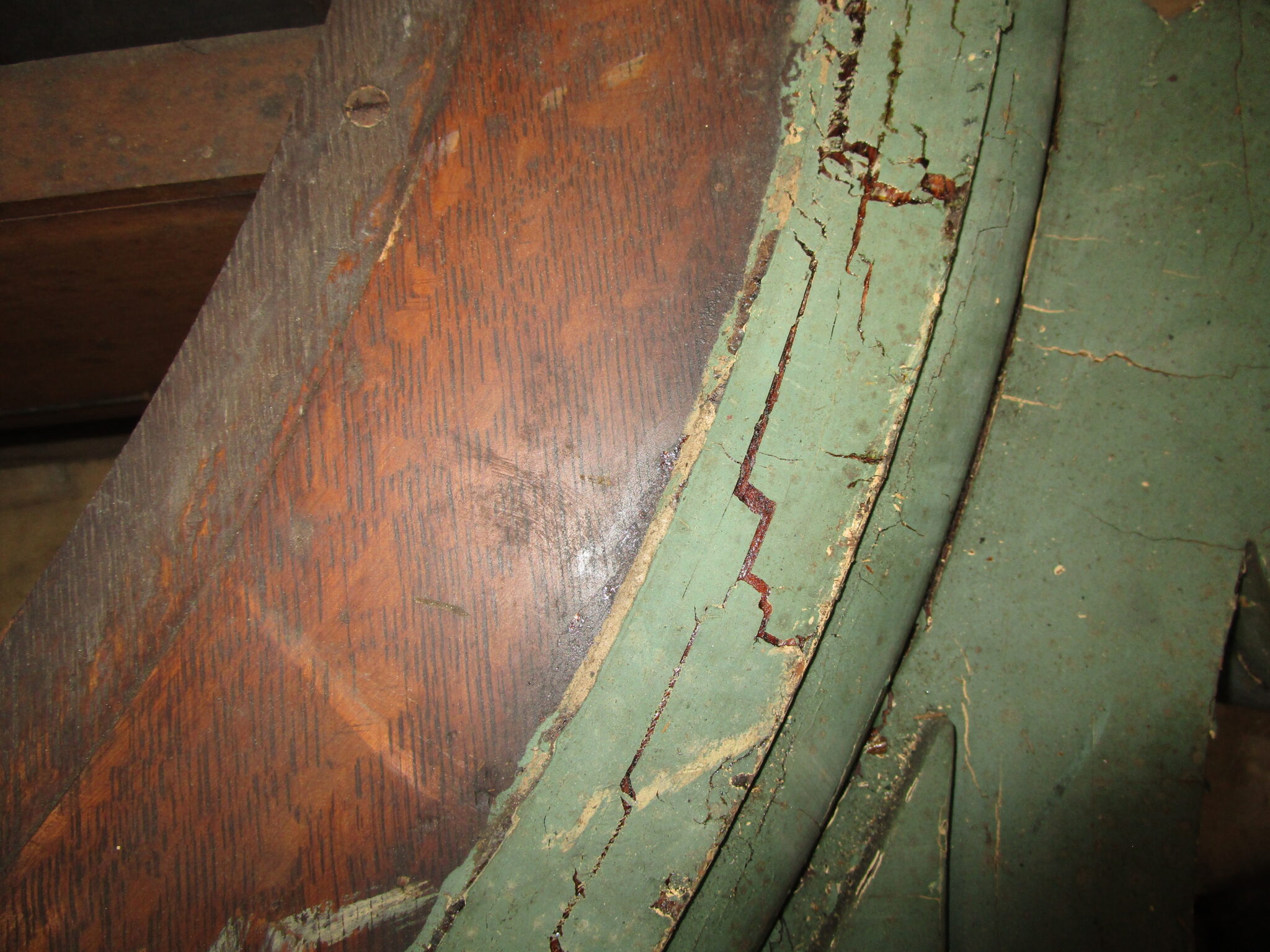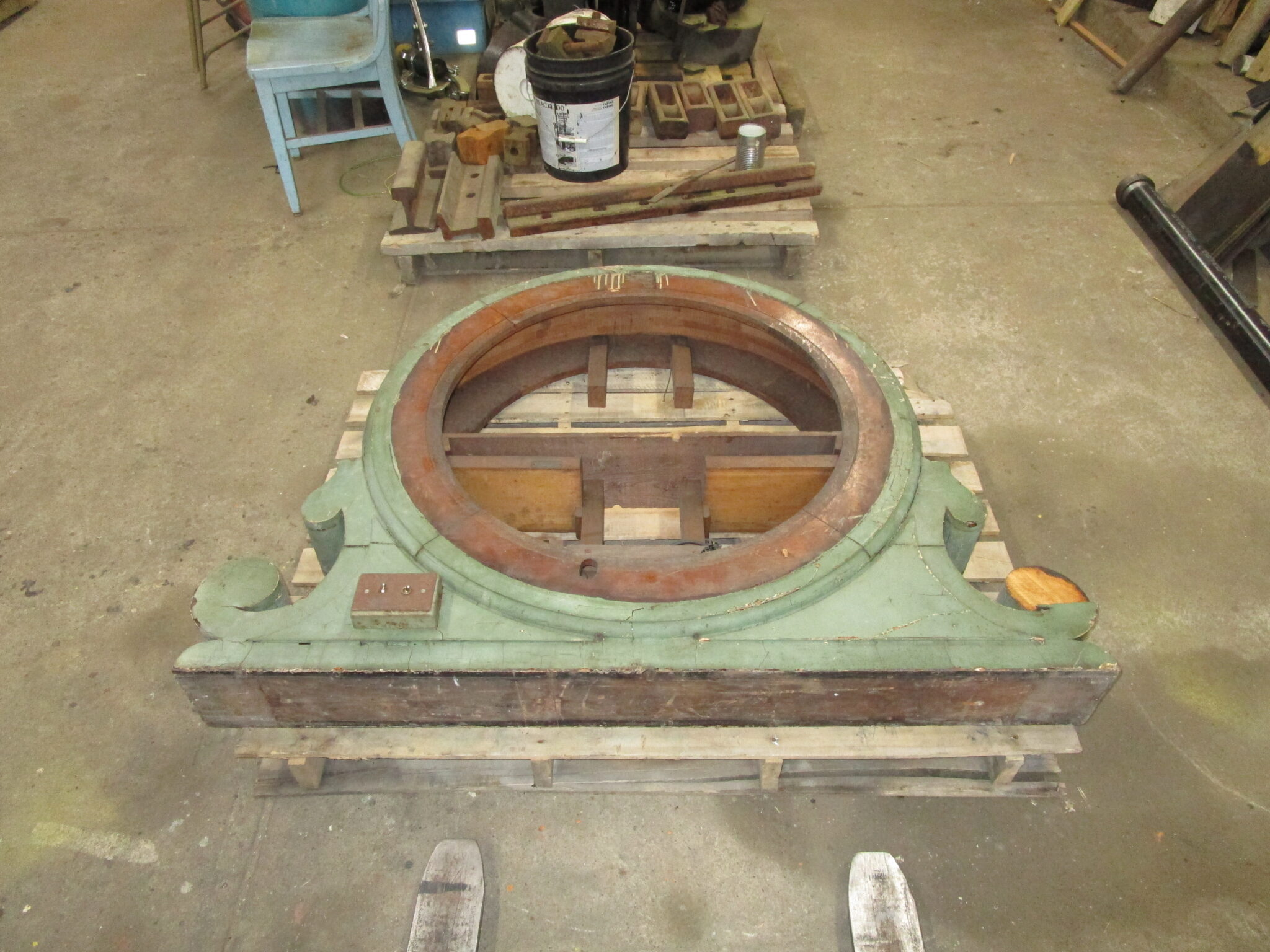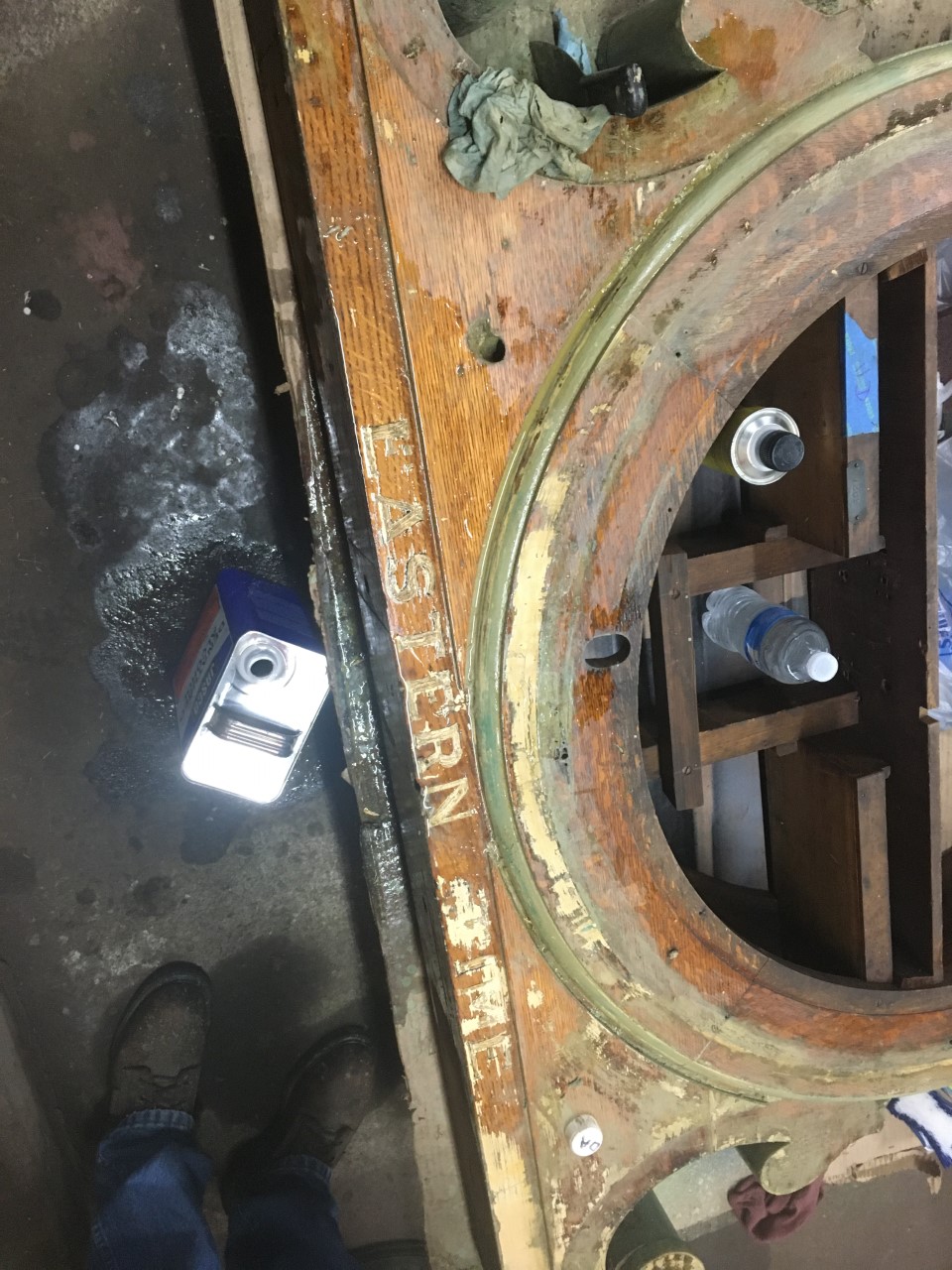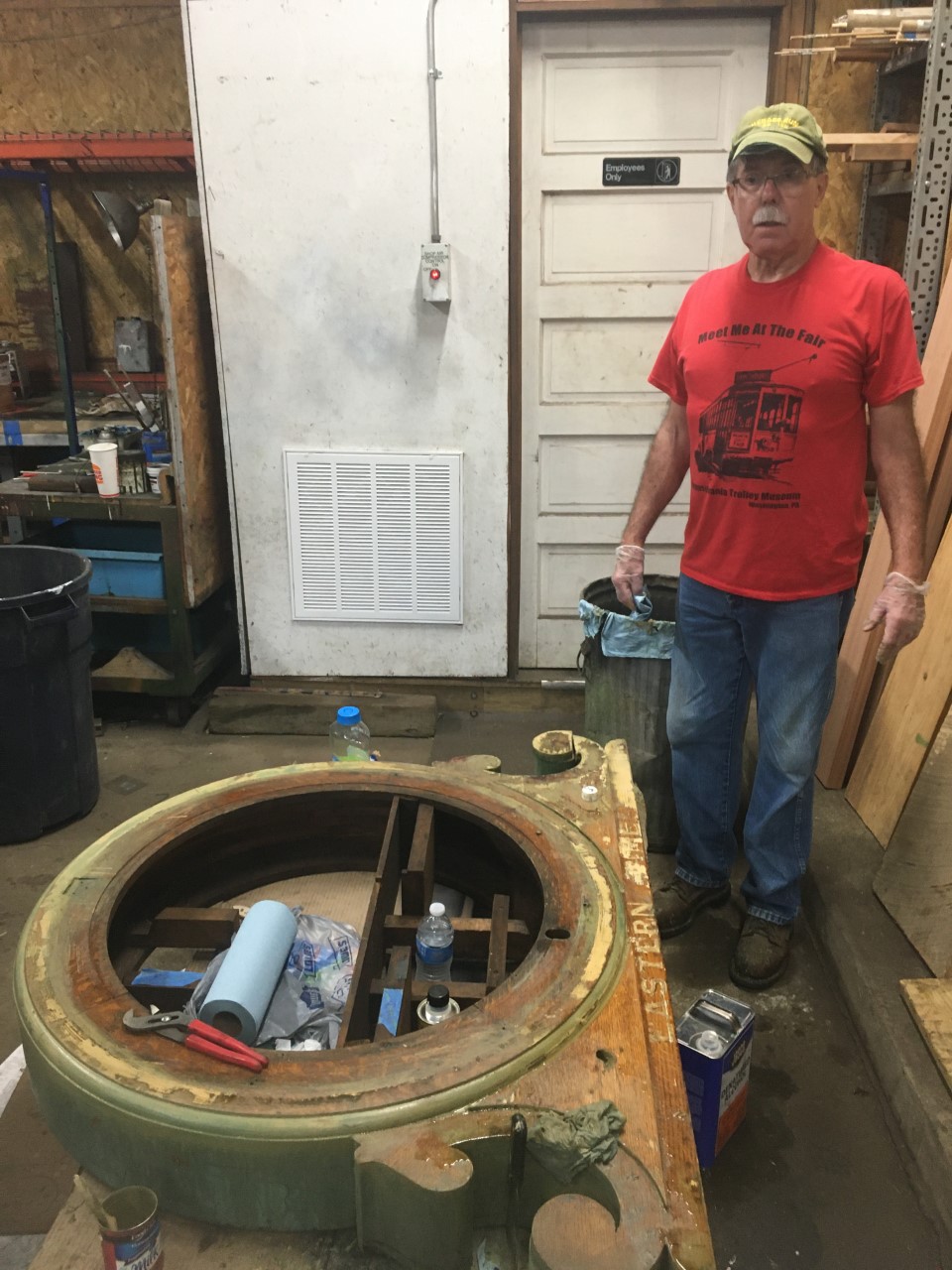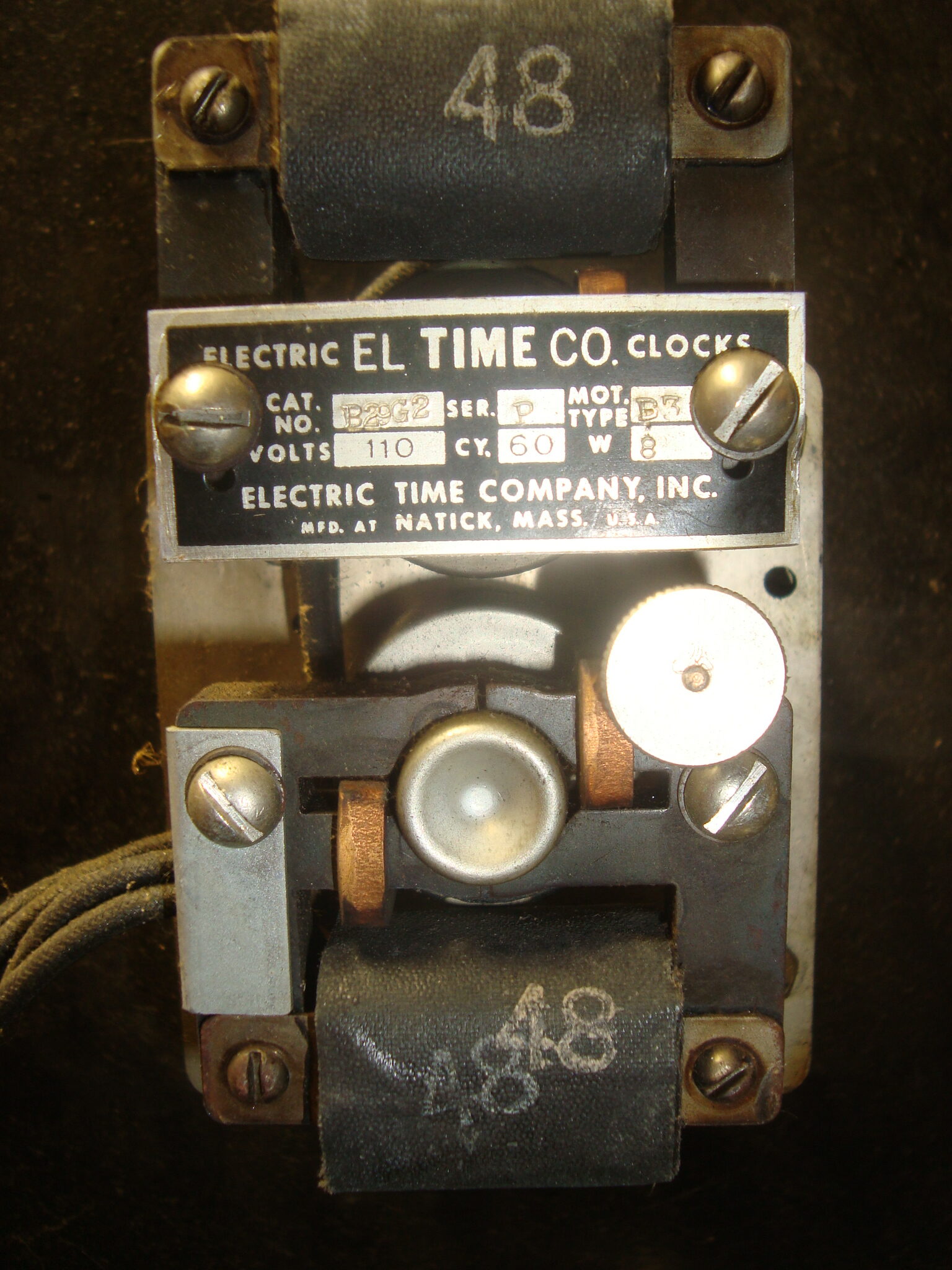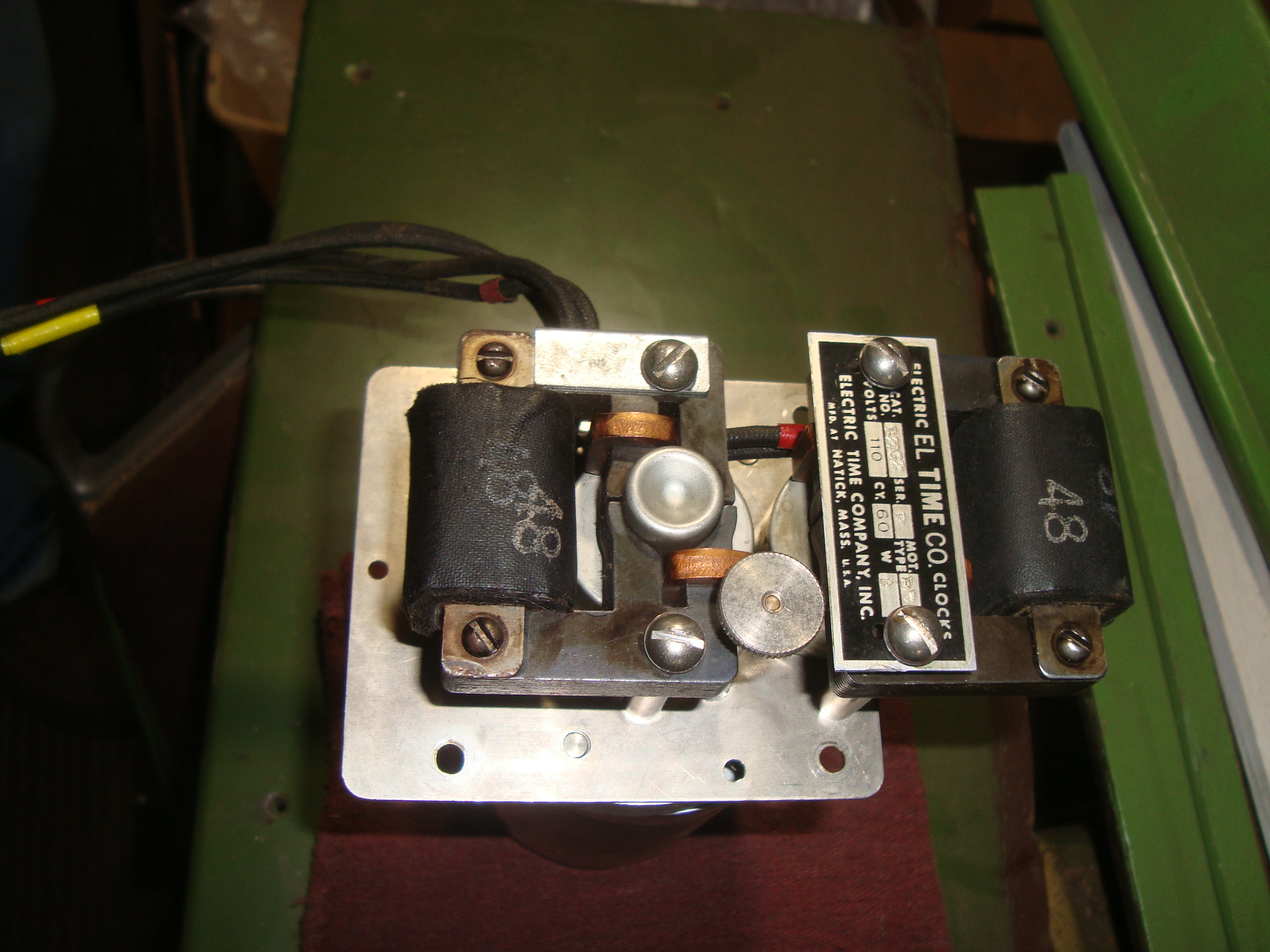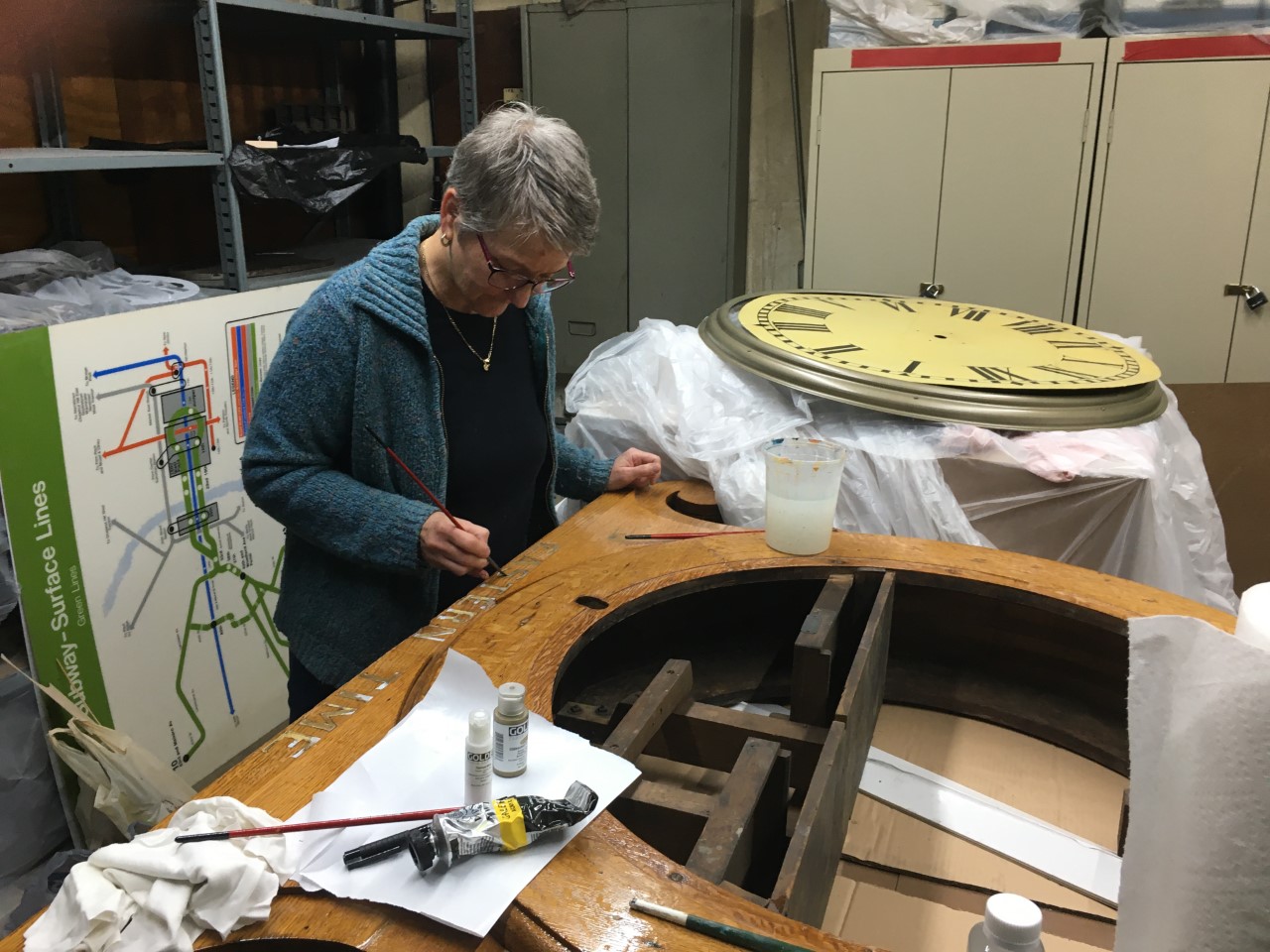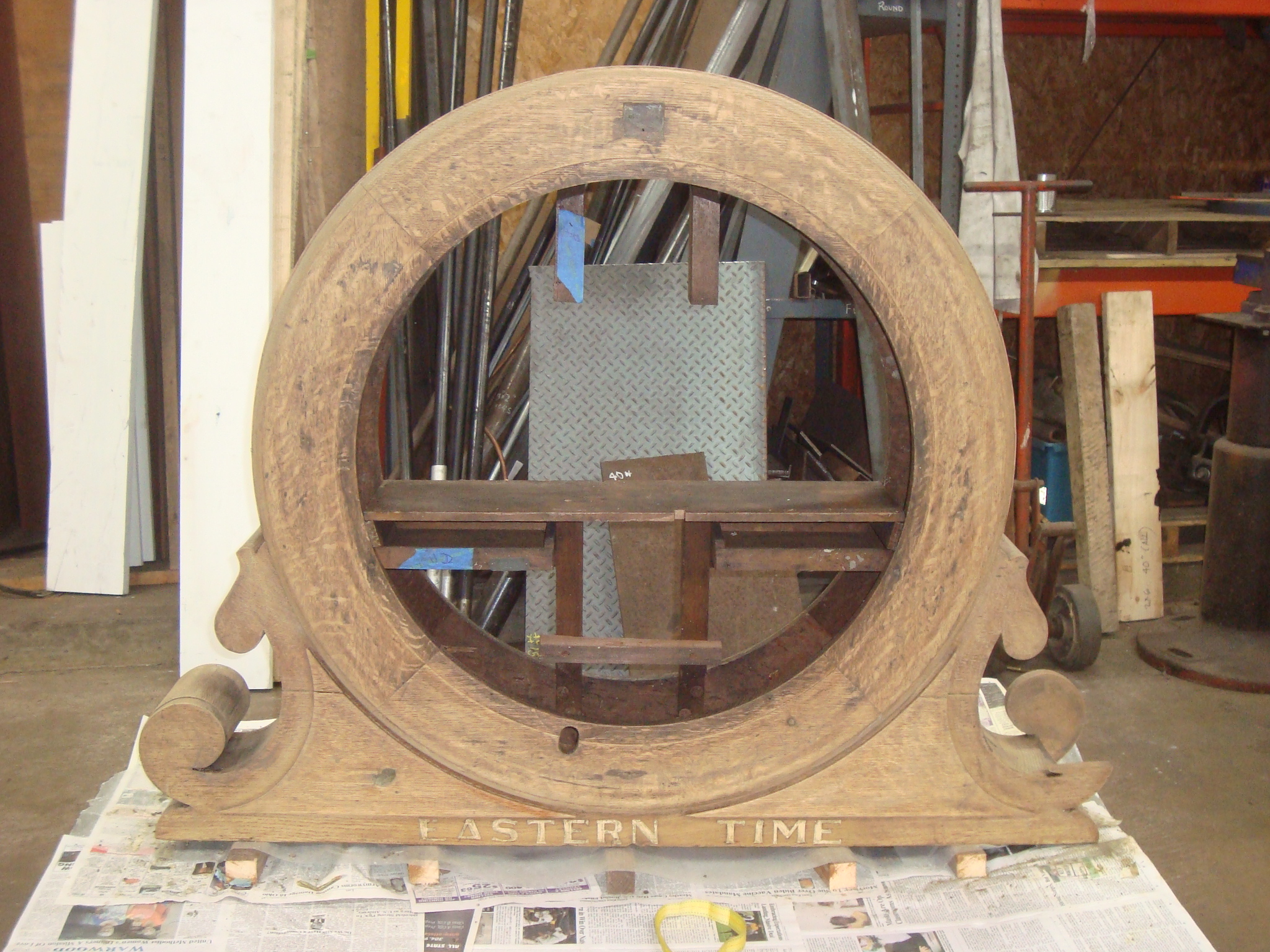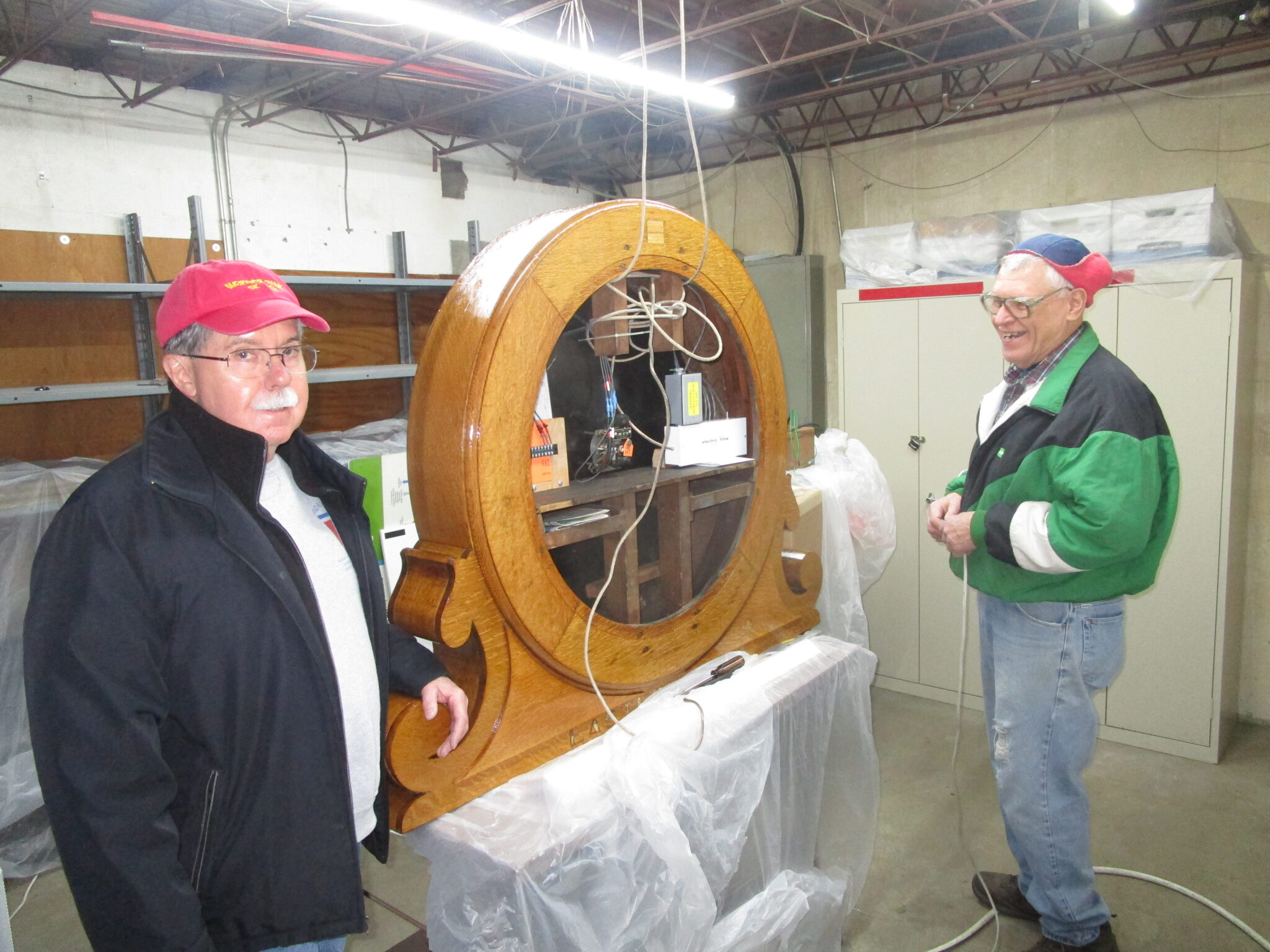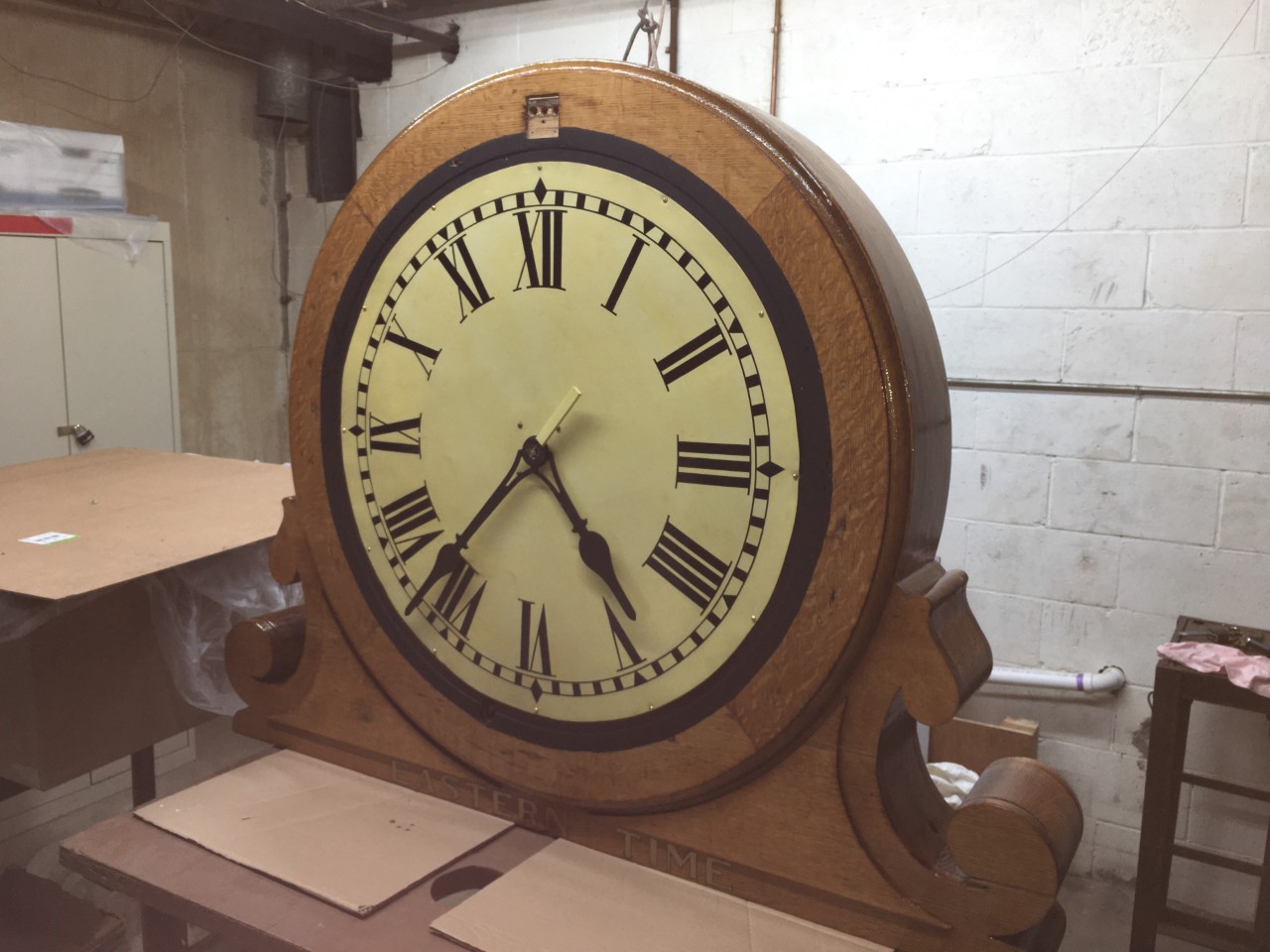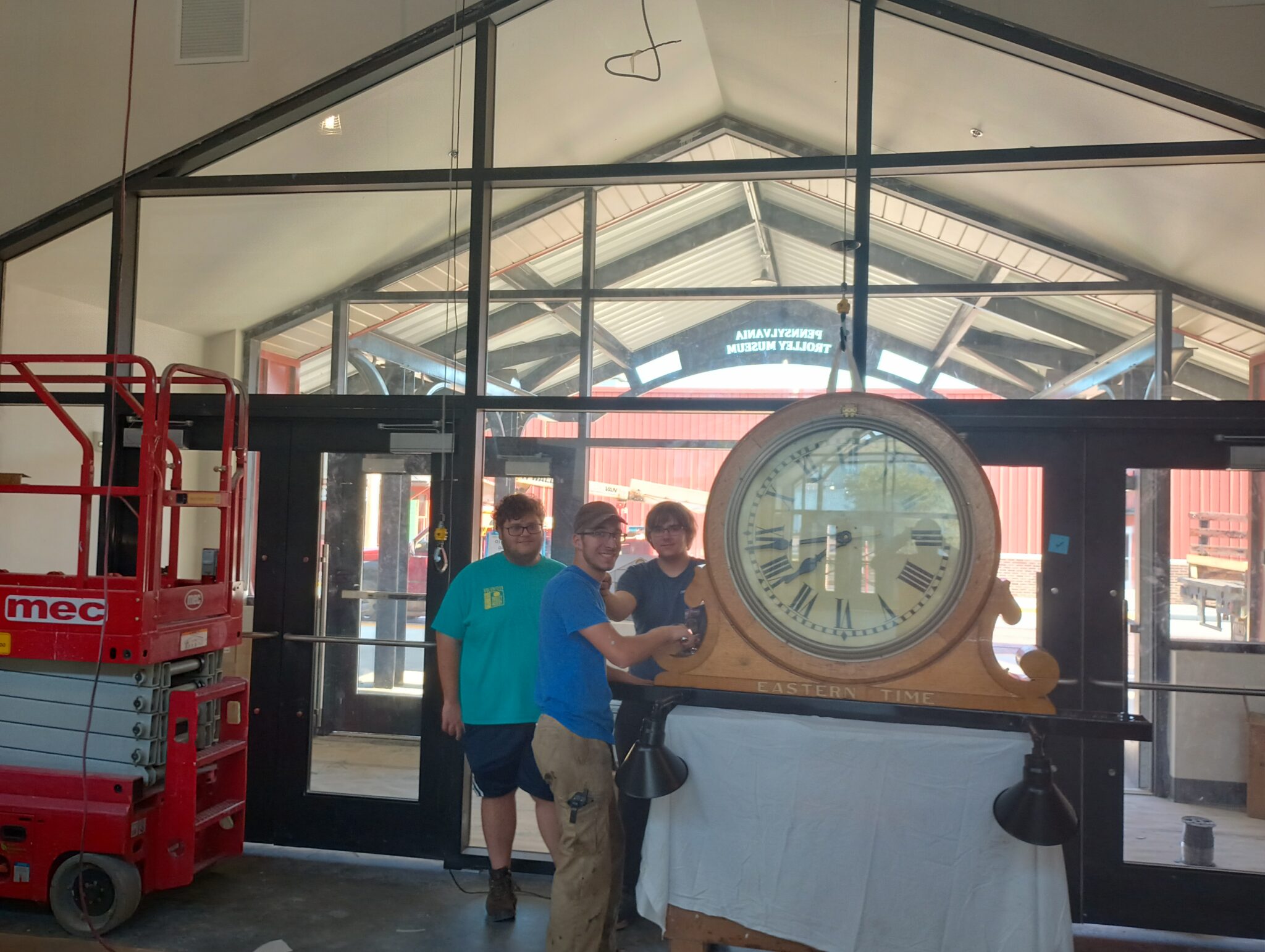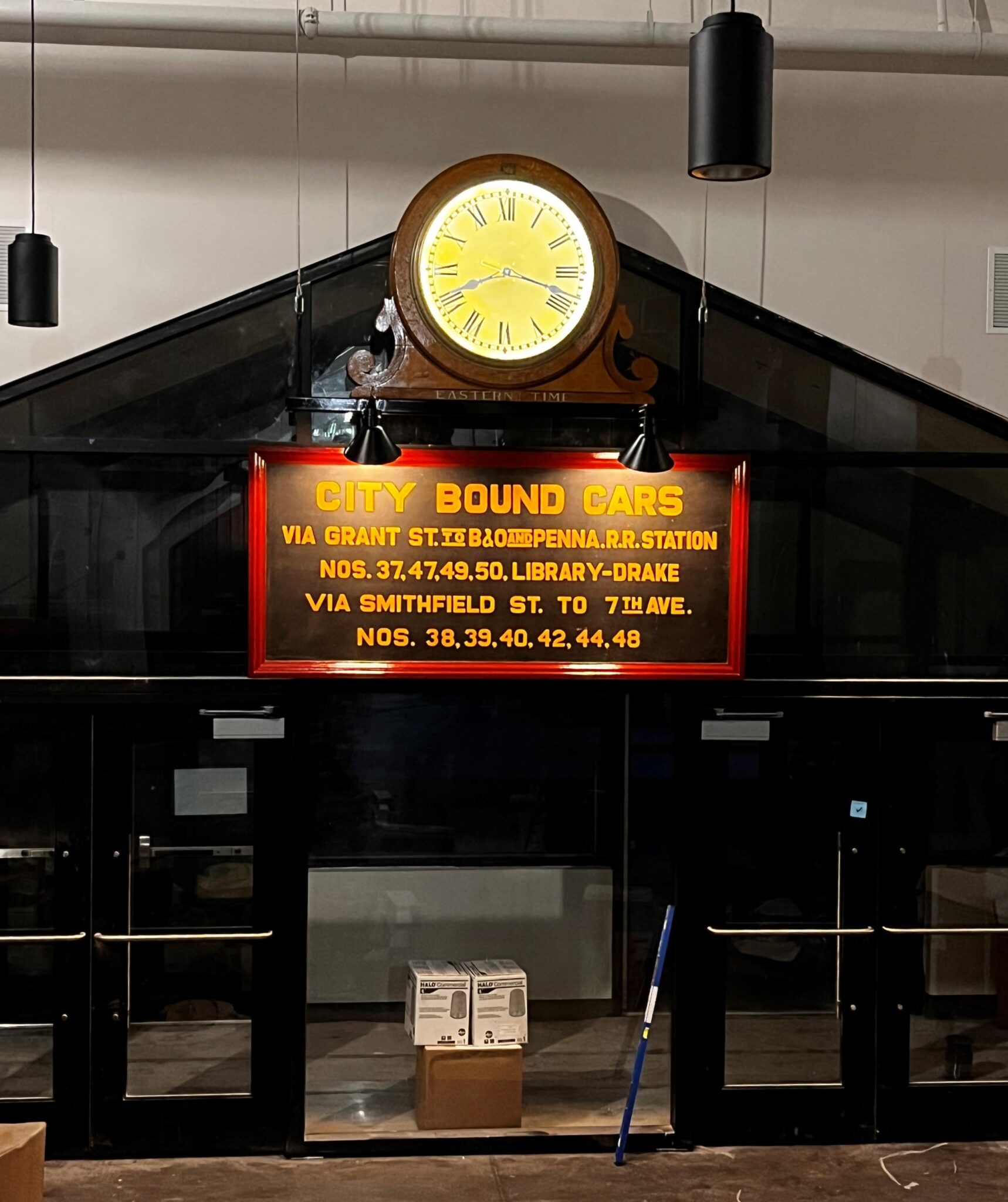Volunteers Restore Vintage Railroad Clock and Sign
Contributors: Barrie Baker, Bob Jordan, Scott Becker, and Morgan Meer
As Barrie Baker explains, there’s a motivational saying among Pennsylvania Trolley Museum volunteers that goes, “When you finish a project, you’ll find that you finally have the skills necessary to begin.” In other words, there’s no need to be intimidated by a project that you might not know how to do, because you will certainly master the process by its end.
Barrie kept these words in mind when he joined the volunteer effort to restore a vintage railroad clock and sign for PTM’s new Welcome and Education Center. Even though he was not completely sure what restoring these pieces would require, he was ready for the challenge.
This restoration mission was one of many years in the making. Since 1970, the Pennsylvania Trolley Museum had been in possession of an electric oak clock with a face dating back to the early 1950s. It was brought to PTM by Bob Brown, a Pennsylvania Railroad employee and one of the Museum’s founding fathers, with help from Bob Jordan. Before its rescue, the clock had hung in the Pennsylvania Railroad’s Union Station at Grant Street and Liberty Avenue in Pittsburgh.
The vintage sign hails from the Pittsburgh and Lake Erie Railroad’s Pittsburgh station where it hung beneath a spectacular porte cochère which spanned Smithfield Street and the trolley tracks. When the covered entrance way was demolished in 1967, Chuck England, a P&LE employee and another of PTM’s founding fathers, saved the sign for the Museum.
The success of the project is due to the work of many volunteers. Kim Freithaler carefully restored both the clock’s face and its Eastern Time lettering. John Habak and Bob Jordan restored the clock’s electric movement. They worked with the Electric Time Company of Medfield, Massachusetts, the original maker of the clock, to source missing parts such as the bezel, the ring enclosing the clock’s face. Just last week, volunteers Jack Jost and Louie Mariano, along with staff members Kevin Zebley and Michael Buchta, installed both the clock and sign above the Welcome & Education Center’s exit.
Barrie worked on removing the clock’s old green paint, restoring its movement, and cleaning the vintage sign. Below, he recalls all the hard work that went into the restoration and how much he enjoyed it:
The project got started pre-Covid. Larry Lovejoy approached me about doing the restoration work on the clock case, and my first response was that I wasn’t quite up to the task. Larry then shared with me his motivational saying, and I looked at the case a few seconds more and agreed to do the project. My mind-changing thought was that I couldn’t make it look any worse.
The first step was to ask John Habak to help me take the case out into the gravel parking lot to clean it off. We used a scrub brush, lots of hot water, and a little over half a very large bottle of Mr. Clean to hose the case off. If this clock was inside a building in Pittsburgh since the 50s, then the air must have been bad based upon the crud that was washed out of the inside of the case. Once the case had dried, it was returned inside and moved to a reasonably untraveled area in the back of the shop for work.
The case was sort of a nauseating green color, as it had been repainted in Pennsylvania Railroad green sometime in the 50s, and age didn’t help. Also, when removal started, the paint was thick enough that I thought it had been put on with a trowel. Paint removal began with my use of a removal product that I had used before several times quite successfully. When I applied this product, it basically was a fool’s errand in frustration, as it didn’t do much and the first gallon was a waste of time. We purchased a stronger product, which did work after using two gallons of it. As the paint started to come off, one could see the original varnish stain coming through. Almost by accident, the lettering on the base of the case started to appear. At this point, I had to be extra careful that the letters of “Eastern Time” weren’t removed accidentally. Since we only had one dial and the clock originally was built for two, we (Bob Jordan, John Habak and myself) looked for the best side to label “A” and worked on it for the reinstallation of the dial. When the varnish and paint were removed, one could see various stains in the face of the case and holes where the original bezel had possibly been fastened. There were several areas on the case that required filling with dowel rods, which are various sized pieces of somewhat matching wood slices and fillers.
Time moved on, and, when choosing the stain, we applied multiple different colors of stain to the colored wood to see how they would look. The team finally settled on “golden oak.” Thanks to Bill Fronczek for providing the oxalic acid, and for showing us how to use it to remove the stains from the wood. While we did this work, Larry Lovejoy would periodically stop by and offer any assistance or inquiry as to how things were going. The final step was to apply a varnish that would make a great-looking shine.
The importance of the clock restoration grew slowly as the finished product came together. We restored a decades-old clock using today’s new technology, combining the “way things were done” with its “new” construction. Seeing the finished clock in its position in the new Welcome and Education Center is just a gleaming “WOW” moment of welcome and makes you think “what else is there to see here?”
Basically, it’s gratifying to see something that started out really bad-looking, and not working, brought back to a gleaming new life by a team of Museum volunteers. This clock answers the same essential question people all those years ago were asking–what time is it?
